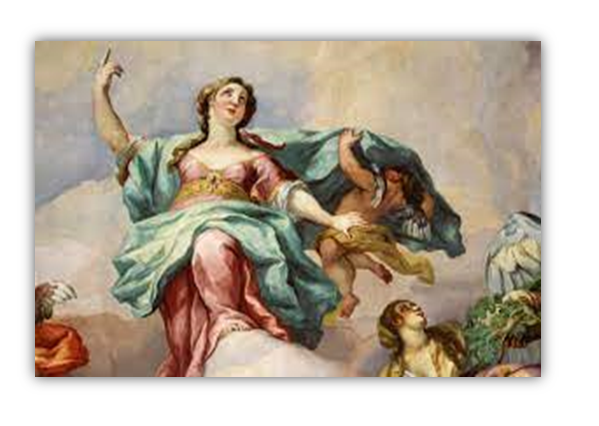Art’s history
art history internships summer 2023
Arts histoty
art history brewery
The study of art, from all over the world and throughout history, from the ancient to the modern, touches on just about every facet of what it is to be human. This is because it treats artistic creations as a window into the world and the cultures that produced them, rather than as mere things in and of themselves.
So why is it important to learn Art History?
It’s like taking a history class, but with an emphasis on visual analysis. It’s a great way to hone your analytical abilities, broaden your view on art and history, and hone your ability to express your arguments clearly and convincingly. All of these are quite valuable in the modern employment market. You will develop the skills to critically examine the impact of art on culture. The study of art history will expose you to both well-known pieces of art and lesser-known ones that are just as interesting to learn about. You will be exposed to new eras and regions in Art History as well as global artworks from a wide range of locations and presented in various formats. There is no better major than Art History if you have a passion for learning about the interplay between human creativity and the historical and cultural forces that have shaped our world.
Cultural competence
Art in the visual medium often serves as a record or account of historical events. Looking back through the lens of art history, we can see how far we’ve come as a culture. It’s an effective method of self-discovery. Where do our morals and ethics come from? What has formed our perspectives and the way we think?
Art’s history
Learn to think critically
Learning about art history is not just about learning names and dates. Instead, it compels you to reflect on visual art such as paintings, pictures, sculptures, etc. You will hone your critical thinking skills as you construct sound arguments in favor of your analysis.

Art’s history
Understanding Our Past Through History
Definitions of history, like those of art and beauty, have evolved over time. It might appear that writing historical accounts should be simple; after all, they are just recounting what actually happened. While this may be true in theory, the actual historical evidence that has survived is large, incomplete, and chaotic. Decisions on what to include and what to leave out, how to arrange the data, and what to say about it all fall on the historian’s shoulders. By doing so, individuals construct stories that provide meaning to the past in the present. As time goes on, these stories become revised or scrapped altogether, and new ones take their place. Hence, all historical accounts are biased, as their interpretations of the past are just as much a product of the era in which they were written.
..
During Europe’s colonial era, the academic field of art history was founded (roughly the 15th to the mid-20th century). With the beginning of the field of art history, scholars placed an emphasis on the European heritage, praising its Greek and Roman roots and the tenets of academic art. It wasn’t until the middle of the 20th century that a canonical history of “Western art” was formulated, one that began in the prehistoric, ancient, and medieval Mediterranean and ended with the contemporary art of Europe and the United States. “Non-Western art,” or art from outside of the Western canon, was often given short shrift and viewed through a colonialist lens.
..
Art historians revised these narratives in light of the massive social shifts that occurred in the twentieth century. White male painters were removed from histories of Western art and replaced with artists of color and women. So-called “minor arts” like pottery and textiles, as well as modern media like video and performance art, were added to the previously prioritized “major arts” of painting, sculpture, and architecture. The popularity of artwork from outside of the Western canon has been on the rise in recent years.
Art’s history
An argument essay example& Outline Topics step by step
Cells organelles and their Function, Types and Structure
what is five pillars of Islam and their meaning in order
NOBOBOHNI
Art’s history
Art’s history


